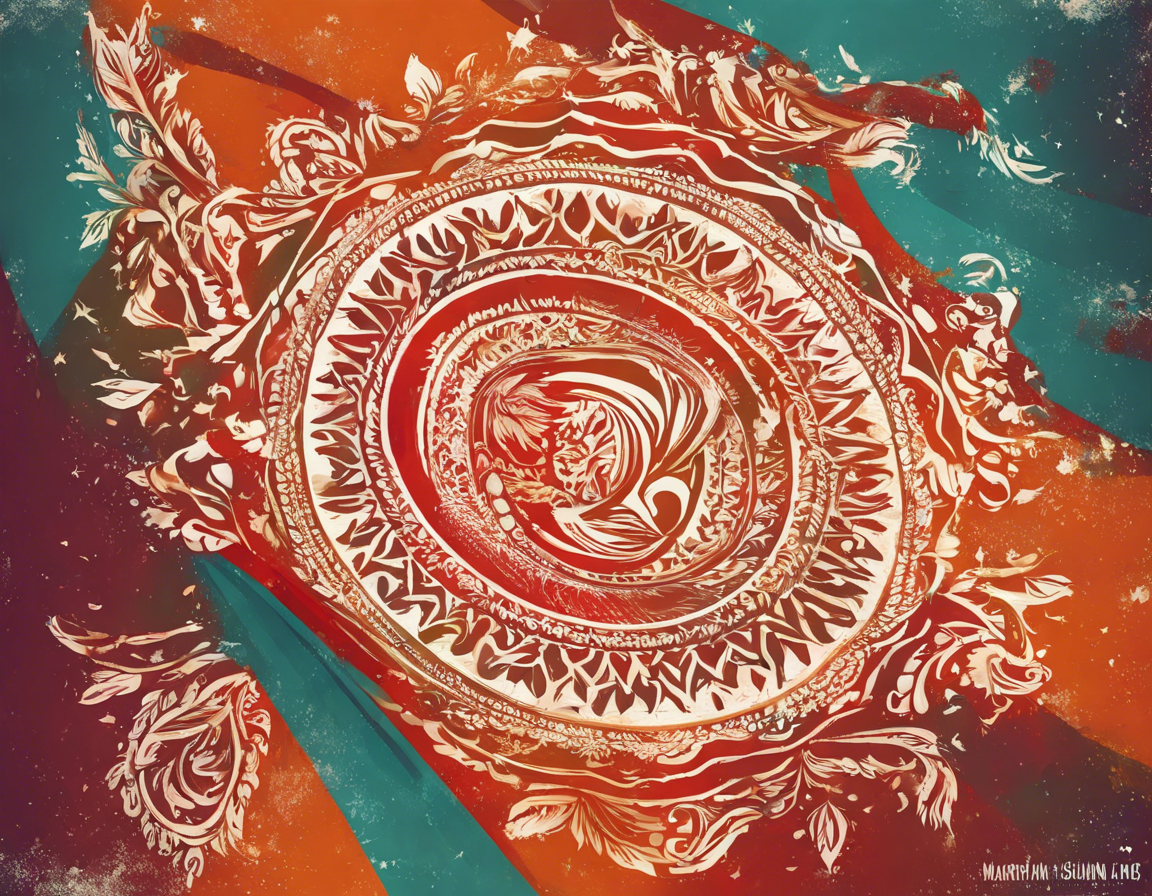The Indian flag, also known as the Tiranga, holds immense significance as the pride of the nation. Its design and symbolism are deeply rooted in India’s history, culture, and values. Let’s delve into the intricate details of the Indian flag to understand its significance and the message it conveys.
Design of the Indian Flag:
The Indian flag consists of a horizontal tricolor of saffron, white, and green with a 24-spoke navy blue wheel, known as the Ashoka Chakra, in the center. The saffron color at the top represents courage and sacrifice, the white in the middle symbolizes truth and peace, and the green at the bottom stands for faith and chivalry. The Ashoka Chakra in the center represents the eternal wheel of law.
Symbolism of the Indian Flag:
-
Saffron: The saffron color symbolizes courage, sacrifice, and the spirit of renunciation. It represents the strength and courage of the country’s people.
-
White: The white color signifies truth and peace. It reflects the honesty and purity of thought in the country’s governance and its citizens.
-
Green: The green color represents faith, chivalry, and fertility. It symbolizes growth, vibrancy, and the auspiciousness of the land.
-
Ashoka Chakra: The Ashoka Chakra has 24 spokes, which symbolize 24 hours of the day, representing that life should be full of activity. It also signifies the progressive movement of the nation.
History of the Indian Flag:
The first Indian flag was hoisted on August 7, 1906, at the Parsee Bagan Square in Kolkata by Sister Nivedita. It was the first time the tricolor flag came to be associated with the Indian freedom movement.
The current design of the Indian flag was adopted on July 22, 1947, by the Constituent Assembly. The flag was hoisted for the first time at the Council House in New Delhi on August 16, 1947, by Pandit Jawaharlal Nehru. Since then, the Indian flag has been a symbol of pride and unity for the nation.
Significance of the Indian Flag:
The Indian flag serves as a national symbol that embodies the values and principles of the country. It represents the diverse culture, unity in diversity, and the aspirations of the Indian people. The flag instills a sense of patriotism and national pride among the citizens of India and serves as a reminder of the sacrifices made by freedom fighters to achieve independence.
Do’s and Don’ts regarding the Indian Flag:
Do’s:
1. Hoist the national flag correctly: Ensure the saffron color is on top while hoisting the flag.
2. Respect the flag: Stand at attention and salute the flag during the national anthem.
3. Display the flag with respect: Do not let the flag touch the ground or be used as a drapery.
4. Remove old or damaged flags properly: Burn old or damaged flags in a respectful manner.
Don’ts:
1. Don’t hoist the flag upside down: The flag should always be hoisted upright.
2. Don’t disrespect the flag: Avoid using the flag for decorative purposes or defacing it in any form.
3. Don’t use the flag for commercial purposes: The Indian flag should not be used for commercial advertising or branding.
Frequently Asked Questions (FAQs) about the Indian Flag:
Q1: What do the colors of the Indian flag represent?
A: The saffron color represents courage and sacrifice, white symbolizes truth and peace, and green stands for faith and chivalry.
Q2: Who designed the current Indian flag?
A: The current design of the Indian flag was adopted by the Constituent Assembly and finalized by Pingali Venkayya.
Q3: What is the significance of the Ashoka Chakra on the Indian flag?
A: The Ashoka Chakra represents the eternal wheel of law and signifies the progressiveness of the nation.
Q4: Can the Indian flag be flown at night?
A: Yes, the Indian flag can be flown at night, but it should be well illuminated.
Q5: Is it mandatory to stand when the Indian national anthem is played?
A: Yes, it is a sign of respect to stand at attention when the Indian national anthem is played.
Conclusion:
The Indian flag is not just a piece of cloth; it is a symbol that reflects the rich heritage, cultural diversity, and aspirations of a nation. Its design and symbolism embody the values and principles that India stands for. Through its colors and the Ashoka Chakra, the Indian flag inspires a sense of pride, unity, and patriotism among its citizens, serving as a constant reminder of the country’s journey to independence and its vision for the future.


